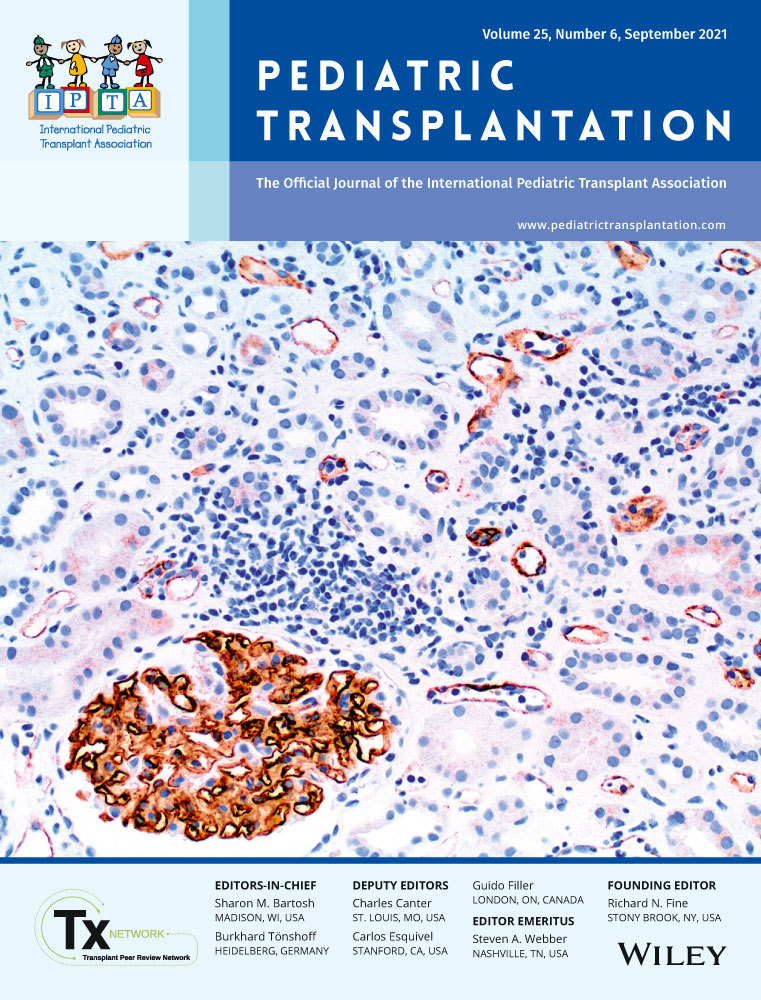Comparison of cystatin C, creatinine, and iohexol clearance in pediatric liver transplantation—a retrospective cohort study
Emil Bluhme and Silvia Malenicka shared first authorship
Ulla B. Berg and Carl Jorns shared senior authorship
Abstract
Impaired renal function after pediatric (LT) is a recognized problem. Accurate monitoring of (GFR) is imperative to detect declining renal function. GFR can be estimated via s-creatinine and/or p-cystatin C or measured by inulin and or/iohexol clearances. We retrospectively compared eGFRcrea and eGFRcyst, to mGFRiohex after LT. Data from 91 children with 312 concomitant measurements of s-creatinine, p-cystatin C, and iohexol clearance, obtained between 2007 and 2015, were analyzed. eGFR was calculated by using the p-cystatin C-based CAPA and CKD-EPI formulas, and the s-creatinine-based Schwartz-LYON, FAS, revised Schwartz and MDRD formulas. Also, the arithmetic means of cystatin C-based and creatinine-based equations were used. Every calculated eGFR was compared to mGFRiohex in statistical correlation, accuracy, precision, bias, and misclassifications. Among the different equations, p-cystatin C-based formulas (CAPA and CKD-EPI) as well as the s-creatinine-based Schwartz-LYON formula showed the most correct estimates regarding accuracy (84–87.5%), bias (0.19–4.0 ml/min/1.73 m2), and misclassification rate (24.7–25%). In patients with renal function <75 ml/min/1.73 m2, cystatin C-based formulas were significantly more accurate and less biased than creatinine-based formulas. In conclusion, S-creatinine could be used in a clinical setting on a regular basis in liver transplanted pediatric patients, with reliable results, if eGFR is calculated by the Schwartz-LYON formula. When suspected renal dysfunction, cystatin C-based eGFR should be calculated, since it gives more accurate and less biased estimates than creatinine-based eGFR, and should be confirmed by mGFR (iohexol).




